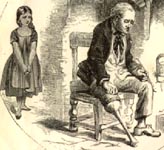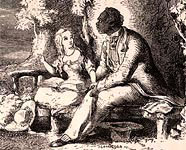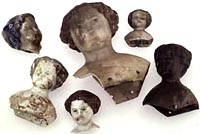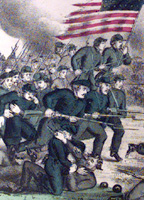The Wizard of Oz: An American Fairy Tale

The cultural impact of L. Frank Baum's The Wonderful Wizard of Oz is the focus of this well-designed exhibit. Three galleries offer images and explanatory text.
"'To Please a Child': L. Frank Baum and the Land of Oz" examines various aspects of the book, including W.W. Denslow's artwork, Baum's original copyright application, and an early review of the book appearing in the October 1900 issue of The Literary Review. "To See the Wizard: Oz on Stage and Film" looks at two of the most famous productions of Baum's book, the 19021903 stage play that became one of Broadway's greatest successes and the classic 1939 MGM movie, including color posters and a full-page color advertisement placed in the September 1939 issue of Cosmopolitan "To Own the Wizard: Oz Artifacts" examines Oz-related novelties, including the Wizard of Oz Monopoly game by Hasbro, a Wizard of Oz stamp, and "The Royal Bank of Oz" rebate check from MGM.





